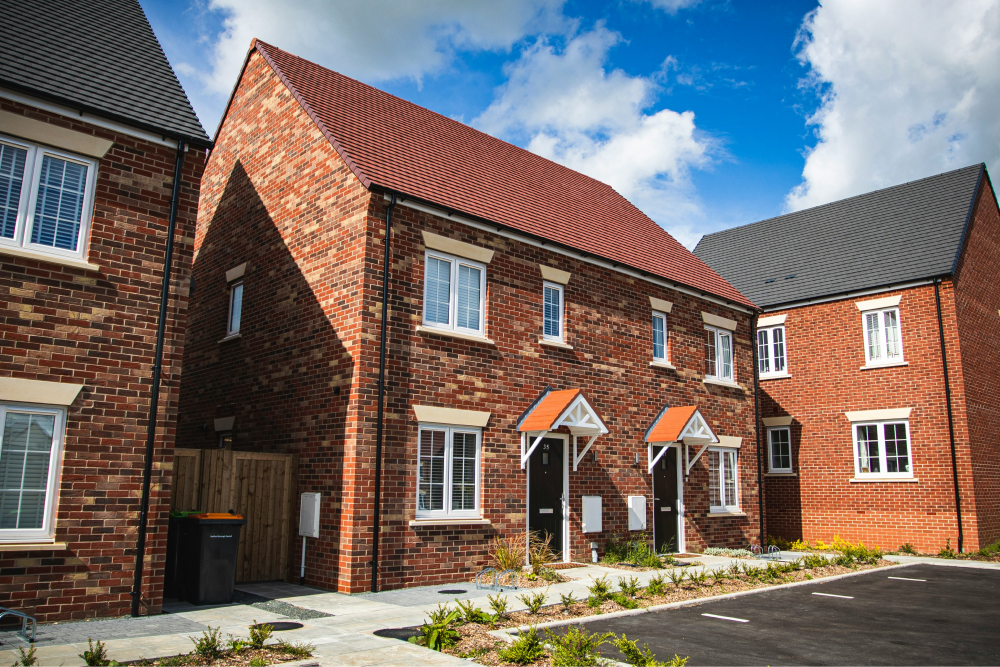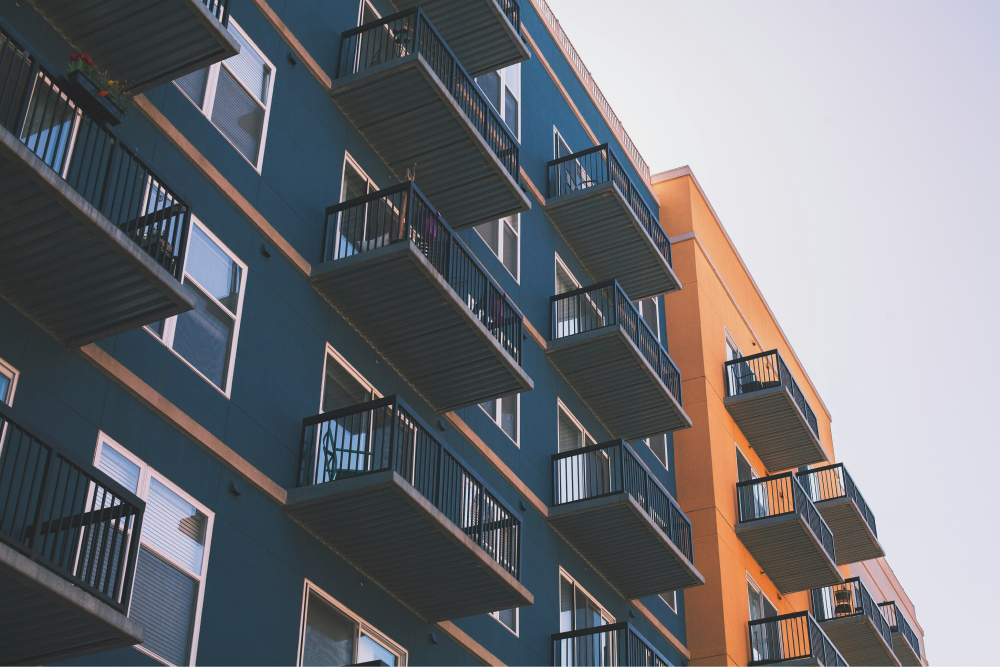Can You Install a Gate on Shared Access? Your Rights and Responsibilities Explained
Important Considerations
- Shared Access: Shared access refers to a pathway or driveway that multiple properties use, often leading to garages or backyards.
- Permission Required: Before installing a gate on shared access, you must seek permission from all other users of the access.
- Legal Considerations: Installing a gate without permission could lead to legal disputes, including trespassing claims.
- Local Authority Regulations: Check with your local council for any restrictions or regulations regarding gates on shared access.
- Contend’s Support: Contend can provide tailored legal advice to help you navigate shared access issues and understand your rights.
A Brief Overview of the Topic
If you’re considering putting a gate on shared access, you’re not alone. Many homeowners face this dilemma when they want to enhance their property’s security and privacy. However, shared access can complicate matters, as it involves multiple parties who may have different opinions about the installation of a gate.
In the UK, shared access is common in residential areas, particularly in terraced houses or developments where driveways are jointly used. Understanding the legal implications and the rights of all parties involved is crucial before taking any action. This article will explore the key aspects of shared access, the necessary permissions, potential legal disputes, and how Contend can assist you in making informed decisions.

What You Need to Know About Shared Access
Shared access typically refers to a pathway, driveway, or entrance that is used by more than one property. This arrangement can arise in various situations, such as:
- Terraced Houses: Where multiple homes share a common access route.
- Flats or Apartments: Where residents share a communal entrance or garden access.
- Private Roads: Where homeowners have a right of way but do not own the road.
Shared access can be beneficial, allowing neighbours to access their properties without the need for extensive land ownership. However, it also requires cooperation and communication among the parties involved.
Your Rights Explained
Ownership and Access Rights: What You Need to Know
When it comes to shared access, it’s crucial to distinguish between ownership and access rights. Just because you use a pathway or driveway does not mean you own it.
- Ownership: Refers to the legal title of the land. The owner has the right to make decisions about the property, including whether to install a gate.
- Access Rights: These are granted to other users, allowing them to use the pathway or driveway. If you share access, you must consider the rights of others before making changes.
The Significance of Title Deeds
Your title deeds will outline the specifics of shared access rights. They may include:
- Rights of Way: These specify who can use the access and under what conditions.
- Restrictions: Any limitations on what you can do with the shared access, such as installing gates or fences.
Reviewing your title deeds is essential to understanding your rights and obligations regarding shared access.
How to Seek Permission for Installing a Gate
How to Communicate Effectively with Neighbours
Before proceeding with the installation of a gate on shared access, it’s essential to communicate with your neighbours. Here’s how to approach the situation:
- Discuss Your Intentions: Explain why you want to install a gate and how it may affect shared access.
- Listen to Concerns: Be open to hearing any objections or concerns from your neighbours. This can help you address issues before they escalate.
- Propose Solutions: If neighbours raise concerns, consider proposing solutions that accommodate everyone’s needs.
Obtaining Formal Permission
If your neighbours are agreeable, it’s advisable to obtain written permission from all parties involved. This can help prevent future disputes and provide legal backing for your installation.
- Written Agreement: A simple agreement outlining the permission can be signed by all parties.
- Consult a Solicitor: If there are complexities or disagreements, consulting a solicitor may be beneficial to draft a formal agreement.
The Legal Risks of Installing a Gate Without Permission
Addressing Trespassing Issues
If you install a gate on shared access without obtaining permission, you may be liable for trespassing. Trespassing occurs when someone unlawfully enters or obstructs another person’s property. This could lead to:
- Legal Action: Neighbours may take legal action against you for blocking access.
- Removal of the Gate: You may be required to remove the gate and restore the access to its previous state.
Possible Disputes
Installing a gate without consent can lead to disputes among neighbours. This can be time-consuming and costly, often requiring mediation or legal intervention.
Local Authority Rules and Regulations
Local councils may have specific regulations regarding gates and fences, particularly in shared access situations. It’s essential to check:
- Planning Permission: Some gates may require planning permission, especially if they exceed a certain height or are in conservation areas.
- Building Regulations: Ensure that the installation complies with local building regulations.
Guidelines for Installing a Gate on Shared Access
A Comprehensive Guide
- Review Your Title Deeds: Understand your rights and obligations regarding shared access.
- Discuss with Neighbours: Communicate openly and seek their input on your plans.
- Obtain Written Permission: Secure written consent from all parties involved.
- Check Local Regulations: Consult your local council to ensure compliance with planning and building regulations.
- Consider Alternative Solutions: If neighbours disagree, explore alternative solutions that might satisfy everyone.
Other Options to Consider
If installing a gate proves contentious, consider these alternatives:
- Fencing: Instead of a gate, a low fence may provide some privacy without obstructing access.
- Security Measures: Install security cameras or motion-sensor lights to enhance safety without the need for a gate.
How Contend Can Assist You
At Contend, we understand that navigating the complexities of shared access and property rights can be challenging. Our AI legal experts are here to provide you with clear, personalized legal guidance tailored to your situation.
Whether you need help understanding your rights, drafting agreements, or navigating potential disputes, Contend is just a chat away. Our platform allows you to get the legal advice you need in 5 minutes or less, empowering you to make informed decisions about your property.
Begin Your Journey with Contend
Don’t let uncertainty hold you back. If you’re considering putting a gate on shared access or have questions about your legal rights, chat with our AI legal expert today. Let Contend help you navigate your legal challenges with ease and confidence.
For more info, check out some of our related articles:
